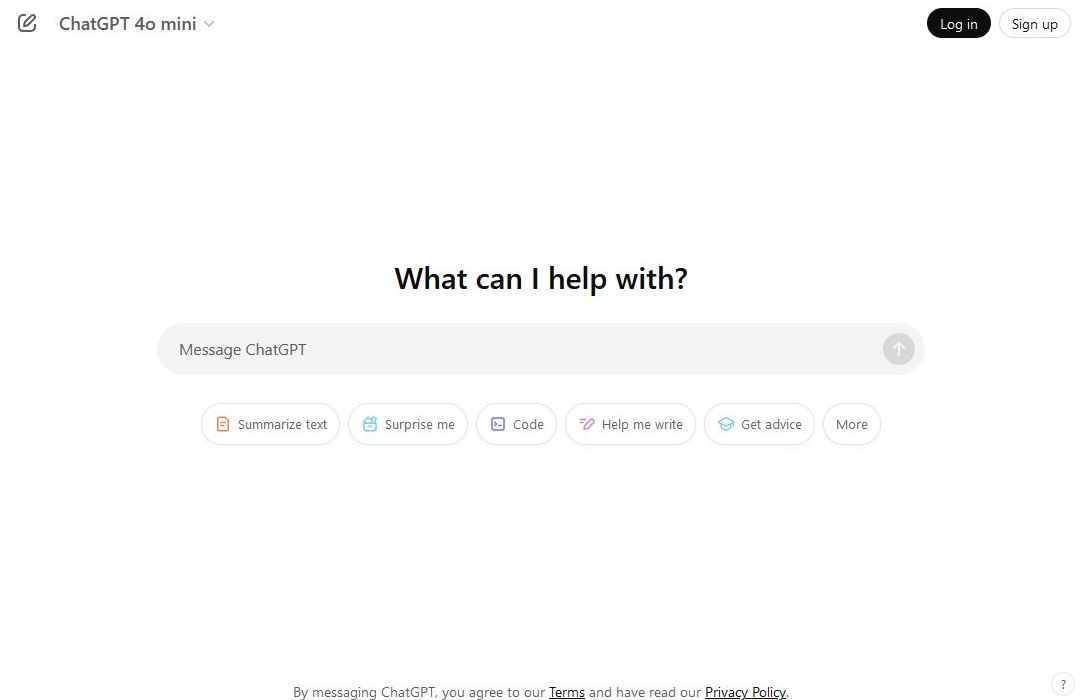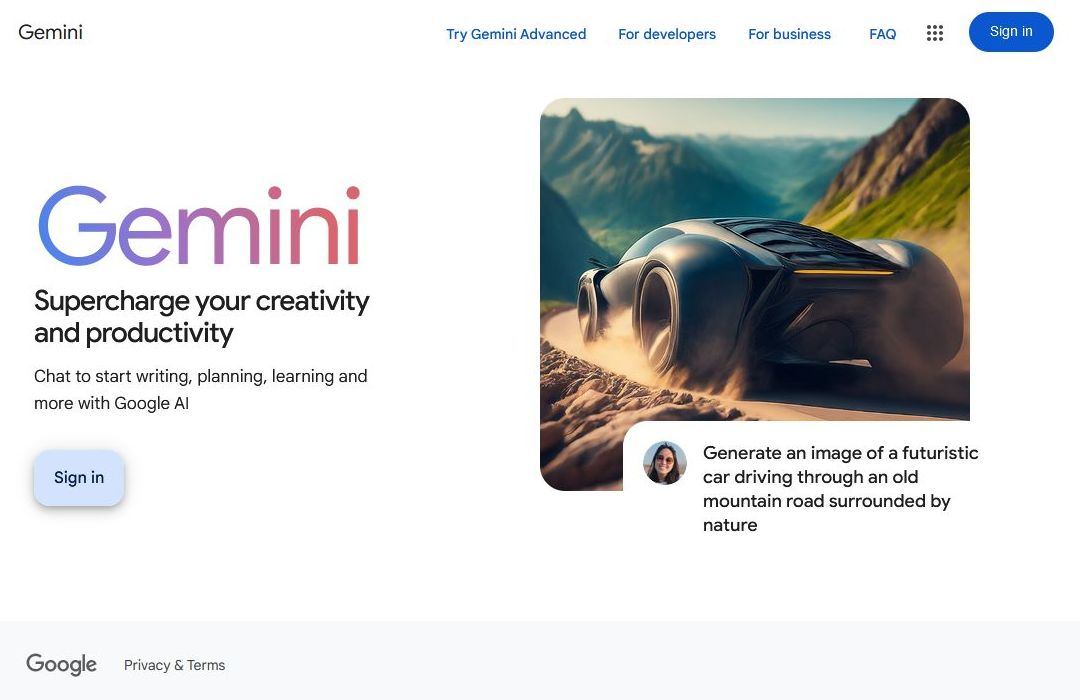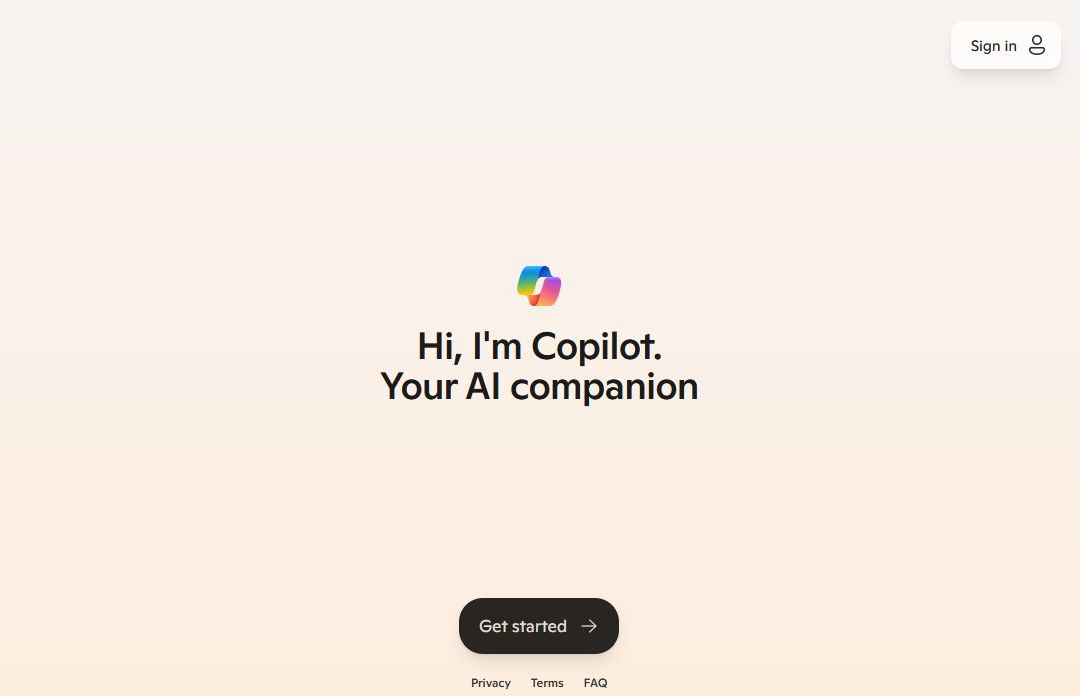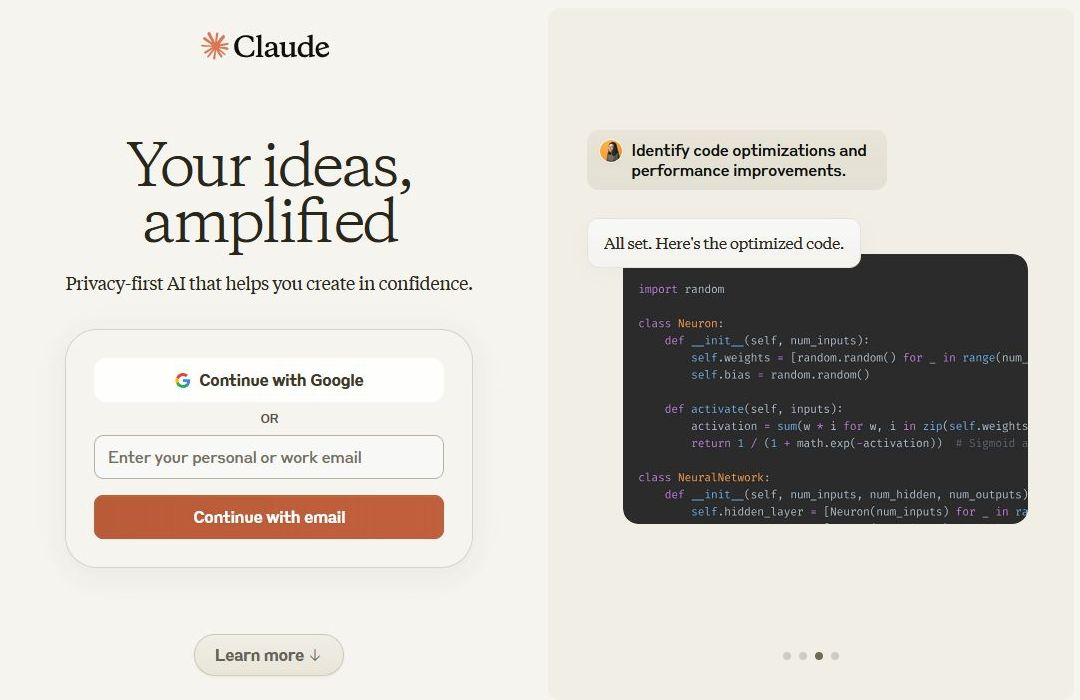ORCHESTRATING OPTIMAL BLENDED LEARNING IN THEORETICAL COURSES: A FRAMEWORK FOR ENRICHING EDUCATION
Blended learning, which integrates traditional classroom teaching with online components, has dramatically transformed education by increasing flexibility and improving pedagogical outcomes. This paper focuses on optimizing blended learning in theoretical courses, particularly operating systems (OS). As part of a broader initiative to enhance teaching and learning and improve Desire2Learn (D2L) accessibility using AI tools, we propose a flexible and readily implementable framework for instructors. The framework addresses three key dimensions of learning—content, context, and community—while promoting active online engagement to guide educators in fostering better student interactions. Its effectiveness was demonstrated using synthetic data across three scenarios. A comprehensive feasibility analysis reveals the framework's potential to identify gaps, address challenges, and improve outcomes by integrating various online learning strategies and AI tools. By doing so, it provides a more tailored, student-centered approach to blended learning, adapting to diverse learning needs. Additionally, the framework leverages AI to streamline course delivery, offering personalized learning paths and improving student performance metrics. The framework has important implications for educators and institutions by systematically addressing these challenges effectively. It offers a scalable and adaptable solution that not only improves engagement but also enhances the overall learning experience in both online and blended environments. Ultimately, this framework can play a crucial role in shaping the future of education by making digital learning more accessible and effective for all students.
KEY WORDS: education, blended learning, assessment, AI
1. INTRODUCTION
In the evolving education landscape, technology has transformed traditional teaching methods to meet diverse learner needs and promote personal responsibility. Modern technologies facilitate online and blended learning environments (Andrade & Alden-Rivers, 2019), giving learners control over their learning process (Framework for flexible learning in higher education, 2015). Blended learning, combining face-to-face and online components, has become a significant pedagogical approach (Dziuban et al., 2018). Although systematic reviews (Müller & Mildenberger, 2021) suggest blended learning with reduced classroom time is neither consistently superior nor inferior to traditional methods, over 70% of higher education instructors now use it (Allen & Seaman, 2013; Kumari et al., 2021; Saichaie, 2020). According to Smith & Hill (2019), blended learning enhances classroom instruction and restructures the learning environment for greater learner autonomy.
Courses such as operating systems (OS) are essential in computer science education but present unique technical challenges requiring hands-on learning. Our study examines the technical aspects of blended learning in OS education, aiming to improve comprehension, engagement, and learning outcomes. We explore learning dimensions (content, context, and community) to provide educators with a detailed roadmap. By adapting instructional strategies and using technologies like virtual labs and simulation software, educators can enhance the blended learning experience.
The feasibility analysis performed highlights the importance of the proposed framework in addressing blended learning challenges. We also discuss integrating online learning platforms like Desire2Learn (D2L) Brightspace (D2L, n.d.), Microsoft Teams (Teams, n.d.), and Zoom (Zoom, n.d.), considering compatibility, scalability, and data security. As in these systematic and critical reviews (Adiguzel et al., 2023; Bearman et al., 2023; Chan, 2023), we argue advanced AI technologies, adaptive learning algorithms, and educational apps are proposed to overcome technical constraints and improve the effectiveness of blended learning in theoretical courses. This proposal is in fact within the broader context of optimizing D2L accessibility and educational technology integration.
2. METHOD
The proposed framework, shown in Figure 1, navigates the complexities of blended learning for theoretical courses aligned with the overarching project goals of enhancing the accessibility of online learning platforms, such as D2L.

FIG. 1: Orchestrating optimal blended learning in theoretical courses framework
The previous graph (Figure 1) intends to show an overview of the three dimensions considered in this work. All of these are considered to have equal importance in assessing blending learning. Moreover, it is also assumed that, to some extent, some overlapping will exist between them, since some approaches might cover both content and context, for example. Next, each course dimension considered is explained:
- Content Dimension: This dimension focuses on analyzing the depth of course material, effective teaching methodologies, and assessment strategies to optimize learning outcomes and student engagement. It includes considerations for incorporating hands-on learning experiences and leveraging multimedia resources to enhance understanding of complex OS concepts.
- Context Dimension: Considering logistical, technological, and institutional factors influencing blended learning implementation, this dimension ensures alignment with educational goals and leverages D2L capabilities. It addresses issues such as technological infrastructure, institutional support, and accessibility considerations to create an inclusive learning environment.
- Community Dimension: Fostering interactive learning communities through collaborative tools and peer support mechanisms is essential for student engagement and satisfaction. Strategies focus on promoting active participation, peer interaction, and effective communication among students and instructors to enhance the learning experience.
The Venn diagram shown in Figure 2 represents how the Content, Context, and Community dimensions interrelate and collectively contribute to the overall success of a blended learning course.

FIG. 2: The visual relationship between those three dimensions (Context, Content, and Community)
According to Figure 2, the overlapping area between the Content and Context dimensions, labeled “Integrated Learning Materials (ILM),” signifies the effective integration of course content within the appropriate technological and logistical frameworks. Similarly, the overlap between the Context and Community dimensions, termed “Supportive Learning Environment (SLE),” underscores the importance of technological infrastructure and institutional support in fostering a collaborative learning atmosphere. The intersection between the Content and Community dimensions, labeled “Engaged Learning (EL),” illustrates how well-crafted content, when combined with active community engagement, significantly enhances the learning experience. At the center, where all three dimensions converge, lies the “Optimal Blended Learning Environment (OBLE).” This central section represents the ideal synergy of content, context, and community, resulting in a comprehensive and highly effective educational experience.
3. PROPOSED MODEL
In this study, the proposed framework is built upon three key dimensions identified in the literature: content, context, and community. The primary objective of this model is to pinpoint specific challenges in the delivery of theoretical courses and propose targeted strategies to address these issues. To support practical implementation, an online course engagement checklist has been developed to assist educators. The framework also explores the integration of popular online platforms, such as D2L Brightspace, Microsoft Teams, and Zoom, along with advanced AI technologies, to optimize educational outcomes and improve accessibility for diverse learner needs.
3.1 Model Template
Below is presented the proposed model to be implemented by instructors to evaluate the delivery of their theoretical courses. To simplify its utilization, the model template is proposed to be used as a form where the instructor can take notes on each approach employed in their classroom. As aforementioned, in this work, each dimension and its items are considered to have equal weight. Thus, considering one point per item, getting X in total, the instructor cannot only mark what has been in use but also the weaknesses with potential for improvement in their course delivery.
It is worth mentioning that this analysis is based on our experiences as instructors in an OS course using a blended approach in our college. We emphasize a reflective evaluation process, where each instructor assesses their own teaching strategies. However, instructors are encouraged to collaborate with peers for additional insights and feedback, further enriching the analysis.
Instructor's Name: ___________________________
Course Name: _______________________________
Course Start/End Date: ___________________________
- Content (10 items):
- ☐ Clearly stated assignment due dates.
- ☐ Provided a variety of content types (textbooks, articles, multimedia, interactive learning materials).
- ☐ Introduced each module briefly to provide clarity and purpose.
- ☐ Offered clear instructions and guidance for completing activities.
- ☐ Sent reminders for homework deadlines.
- ☐ Utilized AI-powered systems to suggest personalized content to students based on their learning preferences and interests.
- ☐ Provided timely and constructive feedback on assignments.
- ☐ Offered flexibility with deadlines and provided support as needed.
- ☐ Ensured course materials were accessible to all students.
- ☐ Utilized AI-powered language processing tools to ensure that course materials are inclusive and free from biased language or assumptions.
- Context (8 items):
- ☐ Made the course shell available earlier to allow students to familiarize themselves with the platform.
- ☐ Articulated expectations and course policies.
- ☐ Provided live coding activities.
- ☐ Utilized messaging platforms like Teams for quick communication.
- ☐ Linked course content to campus events for relevance.
- ☐ Celebrated students' achievements and milestones.
- ☐ Avoided making assumptions about students' backgrounds.
- ☐ Established regular office hours (online and/or in person) for student support.
- Community (15 items):
- ☐ Reached out to students before the course started.
- ☐ Encouraged students to ask questions and seek clarification.
- ☐ Allowed students to reflect on their learning through activities like journaling.
- ☐ Shared information about yourself to establish rapport with students.
- ☐ Acknowledged and accommodated diverse life experiences.
- ☐ Encouraged students to share personal interests and experiences.
- ☐ Developed a communication plan outlining the best ways for students to reach you.
- ☐ Identified and reached out to struggling students.
- ☐ Implemented AI-driven sentiment analysis tools to monitor students' engagement levels and identify those who may need additional support or encouragement.
- ☐ Encouraged active discussion among students through forums or collaboration tools.
- ☐ Assigned team projects to promote teamwork and critical thinking.
- ☐ Facilitated study groups for peer support.
- ☐ Used breakout rooms during synchronous sessions for group discussions.
- ☐ Suggested social media platforms (LinkedIn) for peer connections.
- ☐ Implemented AI-driven discussion forums that analyze students' contributions and facilitate meaningful discussions by highlighting relevant or insightful posts.
4. MODEL IMPLEMENTATION
As an example of implementing the proposed model, let us consider a hypothetical course, called “Course 1,” delivered by three instructors. Since these instructors belong to the same institution, they have access to the same resources. However, they have complete freedom to implement whatever they deem appropriate for that course considering the students enrolled in that term.
The analysis for this course was conducted by the instructors themselves, who reflected on their teaching methods and outcomes based on their experiences. This self-assessment allowed them to identify strengths and weaknesses in their delivery, ensuring a personalized evaluation aligned with their students' needs.
To illustrate this, we simulated three possible scenarios for the three instructors summarized in Table 1. To simplify the presentation, only the missing items from the form above are listed. Additionally, the Coverage column indicates the percentage of items checked within each domain, allowing for a clear comparison of how each instructor has utilized the model in their delivery of the course. For added context, “Course 1” focuses on foundational concepts in OS, including memory management, process scheduling, and file systems, making it essential for students pursuing careers in computer science or IT. This realistic framework encourages instructors to adapt their approaches based on student engagement and comprehension, ultimately enhancing the learning experience.
TABLE 1: Summary of the three scenarios simulated
| Scenario/Instructor | Items missing | Coverage |
|---|---|---|
| #1 | Content: 1.4–5; 1.7; 1.9; 1.10 | Content: 50% |
| Context: 2.1–2; 2.4–6 | Context: 38% | |
| Community: 3.1–2; 3.9–15 | Community: 40% | |
| #2 | Content: 1.1–3; 1.5–6 | Content: 50% |
| Context: 2.5–6 | Context: 75% | |
| Community: 3.1; 3.8–10 | Community: 73% | |
| #3 | Content: 1.6 | Content: 90% |
| Context: NA | Context: 100% | |
| Community: 3.11; 3.14–15 | Community: 80% |
The coverage is also shown in the bar plot of Figure 3 for a better analysis.

FIG. 3: Scores calculated based on scenarios simulation
One can notice that overall Instructor 1 has the lesser coverage among the three instructors. Having such a small coverage, 43% on average, Instructor 1 has more challenges to overcome in their classroom. By "the lesser coverage," we refer to the analyzed outcomes, specifically, the percentage of items checked off in the evaluation model across various domains of teaching. To point out those challenges the instructor must refer first to the individual percentage per domain and then to the items that have been missed. For example, according to Table 1, Context is the domain with the lesser coverage with only 38%. Analyzing what was missing some might be related to things that the instructor might have forgotten, such as making the course shell available ahead of time (item 2.1). Moreover, given the overlap between the domains, some tasks are connected: If the instructor covers item 2.1, they might want to send a welcome message and encourage students to ask if more clarification is needed, which would cover items 3.1 and 3.2 that were also missed. Others might be related to one familiarization with technological tools, such as the use of platforms, e.g., Teams for faster communication (item 2.4).
Instructor 2 had better coverage, 66% on average, compared to Instructor 1. For them, the Content was the domain with lesser coverage, where things like not showing the assignment due dates (item 1.1) or the purpose of each module (item 1.3) are some of the items missing.
Instructor 3 had the highest mean coverage of 90%. The Context domain had 100%, which shows more experience not only showing clearly how the course will work but also supporting students and providing them with the material needed. However, improvements are needed in the other domains, mainly in the Community area, where promoting teamwork and critical thinking (item 3.11) seems to be missing.
5. DISCUSSION
In this section, we will delve into how the proposed framework aligns with and differs from existing studies, focusing on the key areas of content, context, and community in blended learning. While our framework builds on established research about blended learning, it specifically addresses the challenges faced in OS education. By incorporating advanced AI tools and providing practical strategies, our work enhances the learning experience for both instructors and students.
The model introduced serves as a comprehensive resource that builds on existing literature by considering the three critical pillars Content, Context, and Community along with their relationships and overlaps, all of which are essential for effective blended learning.
For the Content pillar, the framework resonates with Bloom's taxonomy (Bloom, 1956), promoting cognitive development through structured educational material. It also reflects the principles of constructivist learning theory (Bruner, 1960), emphasizing active learner engagement. Furthermore, it aligns with Universal Design for Learning (Meyer et al., 2014) by ensuring that content is accessible to diverse learners. However, it distinguishes itself by integrating adaptive AI learning systems (Kabudi et al., 2021), specifically tailored for the unique challenges of OS education. This targeted application enhances content delivery and emphasizes curriculum flexibility, which is vital for adapting to modern learner needs (DeLozier & Rhodes, 2017).
For the Context pillar, the framework builds on situated learning theory (Lave & Wenger, 1991) by advocating for authentic, real-world applications, thereby reinforcing the importance of context in learning. It aligns with the TPACK framework (Mishra & Koehler, 2006) by stressing the effective integration of technology within both content and pedagogy. Recent research has further underscored the importance of context in online and blended learning environments (Lotrecchiano et al., 2013). However, unlike broader discussions in existing literature, our framework provides specific strategies for situating learning within OS education, ensuring that the technological context is purposefully designed to enhance learning outcomes (Wang et al., 2023).
For the Community pillar, consistent with the principles of social constructivism (Vygotsky, 1978) and the community of inquiry framework (Garrison et al., 1999), our framework underscores the significance of peer interaction and collaborative learning. Previous studies have illustrated the importance of online learning communities, especially during the shift to emergency remote teaching (Bond et al., 2021). While existing research emphasizes general collaborative strategies, our work offers concrete methods tailored to the needs of technical courses, fostering effective community-building, specifically in OS education. Additionally, collaborative learning strategies are essential in online and hybrid settings (Alammary, 2019), which our framework actively incorporates.
The items listed in the evaluation form provide instructors and teachers with guidelines to evaluate their teaching style and the course materials. This way one can easily identify not only the gaps, but also the opportunities for improvement. Moreover, the analysis of the results might provide some insights to academic chairs, course coordinators, and other leaders regarding whether what is provided to the instructors is sufficient or not. For example, in the same situation afore mentioned, considering the three instructors in the same course, if all of them had lower Content coverage, this might be indicative of a systematic problem, a problem that possibly could be solved by providing training in that specific area.
6. IMPLICATIONS
Since the emergence of AI-based systems, they have significantly impacted various fields, including education (Zawacki-Richter et al., 2019). The incorporation of tools such as the one proposed here can help to enhance lecture materials and support academic tasks. For instance, AI recommendation systems can analyze student interactions with course content and suggest tailored resources such as articles, videos, or quizzes based on their learning styles (Brusilovsky & Millán, 2007). These systems can also enhance personalized learning, particularly for students with unique needs, and play a critical role in formative assessments by providing timely feedback (Zhai & Nehm, 2023). Furthermore, AI shows promise in supporting students with learning disabilities through adaptive content (Panjwani-Charani & Zhai, 2023).
Educational institutions can effectively leverage AI while safeguarding student privacy and respecting copyright by adhering to the pillars of Content, Context, and Community. Tools such as ChatGPTa, Geminib, Copilotc, and Clauded, screenshots of which are shown in Figure 4, are invaluable resources for instructors, assisting in the creation of engaging content for lectures and in-class activities. These AI systems can generate diverse outputs—including text, code, and images—based on user prompts, thereby facilitating a more dynamic and interactive educational experience.
 |  |
| (a) | (b) |
 |  |
| (c) | (d) |
FIG. 4: Screenshots of the main free AI tools: (a) ChatGPT, (b) Gemini, (c) Copilot, and (d) Claude
For the Content pillar, tools like ALEKSe and Squirrel AIf exemplify adaptive learning technologies that personalize content delivery according to individual student progress. By utilizing adaptive learning algorithms, these platforms align resources with frameworks such as Bloom's taxonomy and Universal Design for Learning, effectively addressing diverse student needs (Zawacki-Richter et al., 2019). Furthermore, AI recommendation systems (Brusilovsky & Millán, 2007) enhance content accessibility by analyzing student interactions and suggesting relevant resources, including articles, videos, and quizzes.
In terms of the Context pillar, tools like Cognitive Tutorg and Grammarlyh provide real-time feedback that improves students' problem-solving and communication skills. These AI systems exemplify formative assessment practices (Zhai & Nehm, 2023) and align with situated learning theory (Lave & Wenger, 1991). By delivering timely and context-sensitive feedback, these tools significantly enrich the learning experience, ensuring that students receive support directly relevant to their ongoing work.
To promote Community and engagement, AI chatbots such as Ivyi and Miraj play a crucial role by offering 24/7 support and fostering interaction among students. Additionally, sentiment analysis systems can monitor student participation and engagement levels, contributing to a connected and responsive learning environment. These tools align with the Community of Inquiry framework (Garrison et al., 1999) and create opportunities for students to collaborate and provide feedback, further enhancing the educational experience. This way the instructor can be alerted to students who may be disengaged or struggling, allowing for timely intervention and support. For example, in an OS online course, the sentiment analysis tool alerts the instructor that Student B shows low engagement and negative sentiment in the “Process Scheduling Algorithms” forum. In response, the instructor reaches out to the student to offer help, such as an office hours invitation to review the material. After receiving support, Student B becomes more active in discussions and improves their understanding, which is reflected in their increased engagement.
Moreover, AI-driven discussion forums can identify threads with high engagement levels or valuable contributions and showcase them prominently, encouraging further participation and creating a vibrant online learning community. Constant improvement of the lecturing material and activities is another challenge any instructor faces. Language processing models can also be employed as a “reviewer” of the content in order to, for example, detect exclusionary language or assumptions that might not be covered by the course, or any other course taken by the students. Thus, the AI can suggest alternative wording for the former and add extra explanations to ensure inclusivity and sensitivity to diverse backgrounds and experiences for the latter.
It is also important to highlight that future innovations will not only support the pillars of content, context, and community but will also incorporate predictive analytics to identify at-risk students and personalize their learning pathways. We underscore the significance of ethical considerations, such as data privacy and algorithmic bias, to ensure that these tools remain student-centered, transparent, and transformative in educational practices. While a comprehensive discussion of the features of these tools is beyond the scope of this paper, we are committed to exploring these aspects in future research.
To this end, the main implications of these findings for educators and institutions are substantial. For educators, the model provides a structured approach to evaluating and enhancing their teaching methods and course materials, ensuring continuous improvement and better student outcomes. For institutions, the insights gained can inform decisions about resource allocation, professional development, and support systems, ultimately leading to a more effective and inclusive educational environment. Integrating AI tools further amplifies these benefits by enabling personalized learning, timely interventions, and the creation of vibrant learning communities, all of which contribute to the success of blended learning courses.
7. CONCLUSIONS AND FUTURE WORKS
In conclusion, this study presents a framework designed to advance blended learning practices in theoretical courses by addressing technical challenges and incorporating innovative solutions. A key aspect of this advancement is the identification of critical factors that contribute to the success of a course. Recognizing the challenges instructors face in conducting comprehensive assessments, we developed a practical model that can be easily adapted to various educational contexts.
The proposed framework model, based on the three dimensions of Content, Context, and Community, offers a structured approach for evaluating the individual components of a course. Through the application of synthetic data in three different scenarios, the framework demonstrated its potential to identify challenges and gaps in course delivery, leading to tangible improvements in educational outcomes.
While the model includes specific recommendations for enhancing D2L as a content delivery system, it is designed to be adaptable to any platform with similar capabilities. Additionally, the integration of AI technologies within the model promises to further optimize educational delivery, promoting more inclusive and effective learning environments.
Despite the comprehensive nature of the model, future research is needed to address certain limitations. For example, all items within the model currently hold equal weight, which may not reflect the varying levels of difficulty in implementing different approaches. Refining the model to assign different weights to these items based on their complexity could enhance its accuracy and effectiveness.
As the current analysis relies on hypothetical scenarios, the next step involves conducting a pilot study or case study to validate the model. By collecting data on instructors' and students' perceptions, as well as learning outcomes, we aim to provide concrete evidence of the model's effectiveness and generate valuable insights for further refinement.
REFERENCES
Adiguzel, T., Kaya, M. H., & Cansu, F. K. (2023). Revolutionizing education with AI: Exploring the transformative potential of ChatGPT. Contemporary Educational Technology, 15(3).
Alammary, A. (2019). Blended learning models for introductory programming courses: A systematic review. PloS One, 14(9), e0221765.
Allen, E., & Seaman, J. (2013). Changing course: Ten years of tracking online education in the United States. Babson Survey Research Group and Quahog Research Group, LLC. Available from: http://www.onlinelearningsurvey.com/reports/changingcourse.pdf [Last access 2024]. Retrieved 2024.
Andrade, M. S., & Alden-Rivers, B. (2019). Developing a framework for sustainable growth of flexible learning opportunities. Higher Education Pedagogies, 4(1), 1–16.
Bearman, M., Ryan, J., & Ajjawi, R. (2023). Discourses of artificial intelligence in higher education: A critical literature review. Higher Education, 86, 369–385.
Bloom, B. S. (1956). Taxonomy of educational objectives. The cognitive domain. New York: David McKay Co. Inc.
Bond, M., Bedenlier, S., Marín, V. I., & Händel, M. (2021). Emergency remote teaching in higher education: Mapping the first global online semester. International Journal of Educational Technology in Higher Education, 18(1), 1–24.
Bruner, J. S. (1960). The process of education. Harvard University Press.
Brusilovsky, P., & Millán, E. (2007). SER models for adaptive hypermedia and adaptive educational systems. In P. Brusilovsky, A. Kobsa, & W. Nejdl (Eds.), The adaptive web (pp. 3–53). Springer.
Chan, C. K. (2023). A comprehensive AI policy education framework for university teaching and learning. International Journal of Educational Technology in Higher Education, 20, 38.
D2L. (n.d.). D2L Corporation. Retrieved 2024, from https://www.d2l.com/brightspace/
DeLozier, S. J., & Rhodes, M. G. (2017). Flipped classrooms: A review of key ideas and recommendations for practice. Educational Psychology Review, 29, 141–151.
Dziuban, C., Graham, C. R., Moskal, P. D., Norberg, A., & Sicilia, N. (2018). Blended learning: The new normal and emerging technologies. International Journal of Educational Technology in Higher Education, 15(3), 1–16.
Framework for flexible learning in higher education. (2015). Higher Education Academy, York, UK. Retrieved 2024, from https://www.heacademy.ac.uk/system/files/downloads/flexible-learning-in-HE.pdf
Garrison, D. R., Anderson, T., & Archer, W. (1999). Critical inquiry in a text-based environment: Computer conferencing in higher education. The Internet and Higher Education, 2(2-3), 87–105.
Kabudi, T., Pappas, I., & Olsen, D. H. (2021). AI-enabled adaptive learning systems: A systematic mapping of the literature. Computers and Education: Artificial Intelligence, 2.
Kumari, S., Gautam, H., Nityadarshini, N., Kumar, B. D., & Chaudhry, R. (2021). Online classes versus traditional classes? Comparison during COVID-19. Journal of Education and Health Promotion, 10(1), 457. https://doi.org/10.4103/jehp.jehp_317_21
Lave, J., & Wenger, E. (1991). Situated learning: Legitimate peripheral participation. Cambridge University Press.
Lotrecchiano, G. R., McDonald, P. L., Lyons, L., Long, T., & Zajicek-Farber, M. (2013). Blended learning: Strengths, challenges, and lessons learned in an interprofessional training program. Maternal and Child Health Journal, 17, 1725–1734.
Meyer, A., Rose, D. H., & Gordon, D. (2014). Universal design for learning: Theory and practice. CAST Professional Publishing.
Mishra, P., & Koehler, M. J. (2006). Technological pedagogical content knowledge: A framework for teacher knowledge. Teachers College Record, 108(6), 1017–1054.
Müller, C., & Mildenberger, T. (2021). Facilitating flexible learning by replacing classroom time with an online learning environment: A systematic review of blended learning in higher education. Educational Research Review, 34, 100394. https://doi.org/10.1016/j.edurev.2021.100394
Panjwani-Charani, S., & Zhai, X. (2023). AI for students with learning disabilities: A systematic review. In X. Zhai, & J. Krajcik (Eds.), Uses of artificial intelligence in STEM education. Oxford University Press.
Saichaie, K. (2020). Blended, flipped, and hybrid learning. Definitions, developments, and directions. New Directions for Teaching and Learning. 164, 95–104. https://doi.org/10.1002/tl.20428
Smith, K., & Hill, J. (2019). Defining the nature of blended learning through its depiction in current research. Higher Education Research and Development, 38(2), 383–397.
Teams. (n.d.). Microsoft. Retrieved 2024, from https://www.microsoft.com/en-ca/microsoft-teams/group-chat-software
Vygotsky, L. S. (1978). Mind in society: Development of higher psychological processes. M. Cole, V. Jolm-Steiner, S. Scribner, & E. Souberman (Eds.). Harvard University Press.
Wang, C., Omar Dev, R. D., Soh, K. G., Mohd Nasirudddin, N. J., Yuan, Y., & Ji, X. (2023). Blended learning in physical education: A systematic review. Frontiers in Public Health, 11, 1073423.
Zawacki-Richter, O., Marín, V. I., Bond, M., & Gouverneur, F. (2019). Systematic review of research on artificial intelligence applications in higher education – Where are the educators? International Journal of Educational Technology in Higher Education, 16(39).
Zhai, X., & Nehm, R. (2023). AI and formative assessment: The train has left the station. Journal of Research in Science Teaching, 60(6), 1390–1398.
Zoom. (n.d.). Zoom Video Communications, Inc. Retrieved 2024, from https://zoom.us/
FOOTNOTES:
c https://copilot.microsoft.com/↩
Comments
Show All Comments



